How to Identify and Understand the Essential Properties of Squares

- All four sides are equal in length.
- All four angles are right angles, each measuring \(90^\circ\).
Diagonals: For education statistics and research, visit the National Center for Education Statistics.
- A square has two diagonals.
- These diagonals are congruent, which means they are of the same length.
- They bisect each other, dividing each diagonal into two equal parts.
- They are perpendicular to each other, forming a \(90^\circ\) angle where they intersect.
- The diagonals of a square bisect its angles.
- Area: The area of a square is given by the formula:
\( \text{Area} = s^2 \)
where \( s \) is the length of one side of the square. - Perimeter: The perimeter of a square is given by the formula:
\( \text{Perimeter} = 4s \)
where \( s \) is the length of one side of the square.
Practice Questions:
- If the perimeter of a square is \(48 \text{cm}\), find its side length and area.
- The diagonal of a square is twice its side length. True or False?
- A square has an area of \(64 \text{cm}^2\). What is the length of its diagonal?
- Side length \(= 12 \text{cm}\), Area \(= 144 \text{cm}^2\).
- False.
- \(8\sqrt{2} \text{cm}\).
Original price was: $109.99.$54.99Current price is: $54.99.
Original price was: $109.99.$54.99Current price is: $54.99.
Original price was: $114.99.$54.99Current price is: $54.99.
Related to This Article
More math articles
- How to Model and Solve Equations Using Algebra Tiles
- Count Lines of Symmetry
- 3rd Grade Ohio’s State Tests Math Worksheets: FREE & Printable
- OAR Math Worksheets: FREE & Printable
- Jungle Bargains: A Guide How to Find the Original Price Using Sale Prices
- Top 10 4th Grade MEAP Math Practice Questions
- How to Select Procedures for Determining Limits?
- Hоw to сhооѕе thе right laptop for оnlinе mаth teaching
- How to Solve Piecewise Functions?
- How to Find Percent of Increase and Decrease? (+FREE Worksheet!)






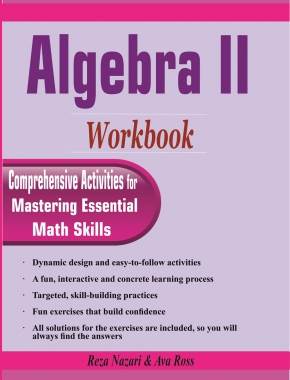
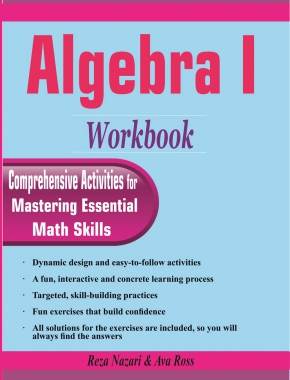
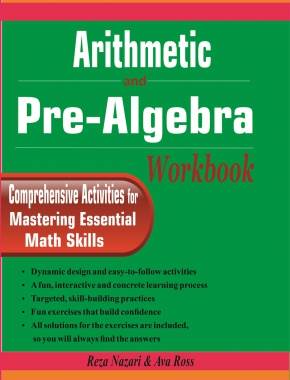
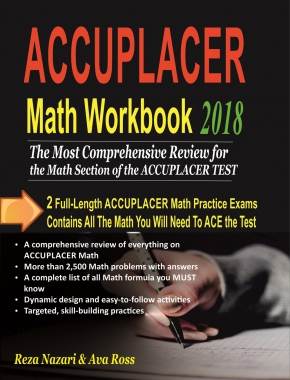
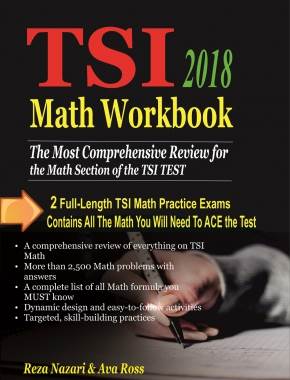









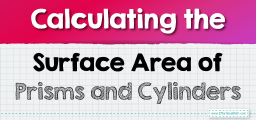
What people say about "How to Identify and Understand the Essential Properties of Squares - Effortless Math: We Help Students Learn to LOVE Mathematics"?
No one replied yet.